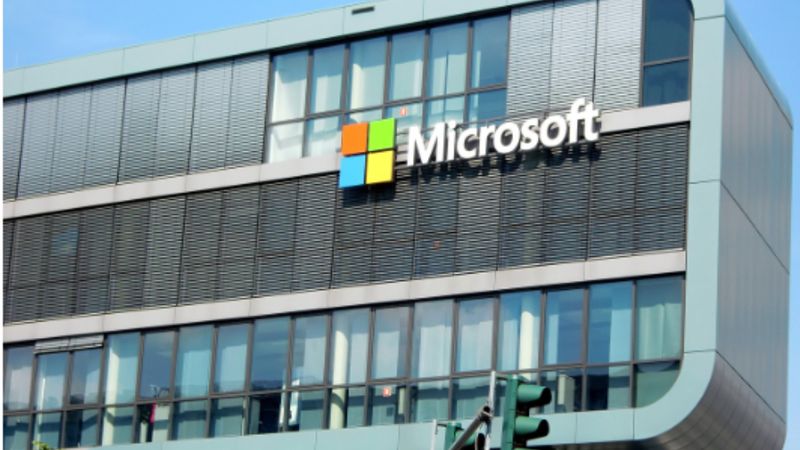Microsoft's VALL-E 2 is an advanced text-to-speech AI that achieves remarkable realism. Concerned about misuse, Microsoft has chosen to keep it private, prioritizing ethical considerations over public release.
Microsoft has made waves in the AI landscape with the development of VALL-E 2, a groundbreaking text-to-speech tool that achieves remarkable realism in speech synthesis. Recognized for its ability to replicate human voices with such accuracy that it reaches "human parity," Microsoft has decided to withhold public access due to concerns over potential misuse, particularly the risk of impersonating individuals.
VALL-E 2's capabilities extend beyond simple speech generation; it can maintain a speaker's unique identity while producing content. This opens up a plethora of applications, including educational tools, entertainment, journalistic endeavors, and accessibility features. Microsoft envisions VALL-E 2 enhancing interactive voice response systems and chatbots, as well as providing a new medium for self-authored content and translation services.
The technology behind VALL-E 2 incorporates two innovative approaches: Repetition Aware Sampling and Grouped Code Modeling. Repetition Aware Sampling allows the AI to minimize monotonous speech patterns by identifying and managing smaller linguistic units, ensuring a more natural flow of conversation. On the other hand, Grouped Code Modeling streamlines the processing of speech by reducing sequence length, which accelerates speech generation and simplifies the handling of longer sentences.
Microsoft’s commitment to responsible AI development is evident in their cautious approach to VALL-E 2. While the research project showcases significant advancements in synthetic speech technology, Microsoft recognizes the ethical implications of such power and is prioritizing safeguards against misuse.
While Microsoft has created an extraordinary tool with VALL-E 2, its future remains uncertain as the tech giant navigates the balance between innovation and ethical responsibility. As researchers at Microsoft continue to explore the potential of this technology, the implications of voice synthesis remain a topic of both excitement and caution in the tech community.
Last Updated Jul 17, 2024, 5:16 PM IST









![Salman Khan sets stage on fire for Anant Ambani, Radhika Merchant pre-wedding festivities [WATCH] ATG](https://static-gi.asianetnews.com/images/01hr1hh8y86gvb4kbqgnyhc0w0/whatsapp-image-2024-03-03-at-12-24-37-pm_100x60xt.jpg)
![Pregnant Deepika Padukone dances with Ranveer Singh at Anant Ambani, Radhika Merchant pre-wedding bash [WATCH] ATG](https://static-gi.asianetnews.com/images/01hr1ffyd3nzqzgm6ba0k87vr8/whatsapp-image-2024-03-03-at-11-45-35-am_100x60xt.jpg)


